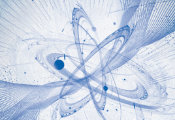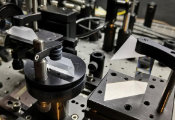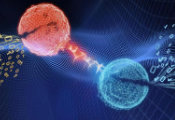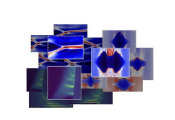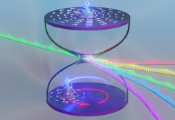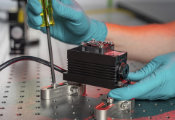Optical Fibers Fit for the Age of Quantum Computing
July 29, 2024 -- A new generation of specialty optical fibres has been developed by physicists at the University of Bath in the UK to cope with the challenges of data transfer expected to arise in the future age of quantum computing.
Quantum technologies promise to provide unparalleled computational power, allowing us to solve complex logical problems, develop new medicines and provide unbreakable cryptographic techniques for secure communications. However, the cable networks used today to transmit information across the globe are likely to be sub-optimal for quantum communications, due to the solid cores of their optical fibres.
Unlike regular optical fibres, the speciality fibres fabricated at Bath have a micro-structured core, consisting of a complex pattern of air pockets running along the entire length of the fibre.
“The conventional optical fibres that are the workhorse of our telecommunications networks of today transmit light at wavelengths that are entirely governed by the losses of silica glass. However, these wavelengths are not compatible with the operational wavelengths of the single-photon sources, qubits, and active optical components, that are required for light-based quantum technologies.” said Dr Kristina Rusimova from the Department of Physics at Bath.
Dr Rusimova and her colleagues describe the state-of-the-art fibres made at Bath, along with other recent and future developments in the emerging field of quantum computing, in an academic paper published today in Applied Physics Letters Quantum.
Dr Rusimova, who is lead senior author of the paper – known as a perspective – added: “Optical-fibre design and fabrication is at the forefront of the University of Bath Department of Physics research, and the optical fibres we are developing with quantum computers in mind are laying the foundations for the data transmission needs of tomorrow”.

